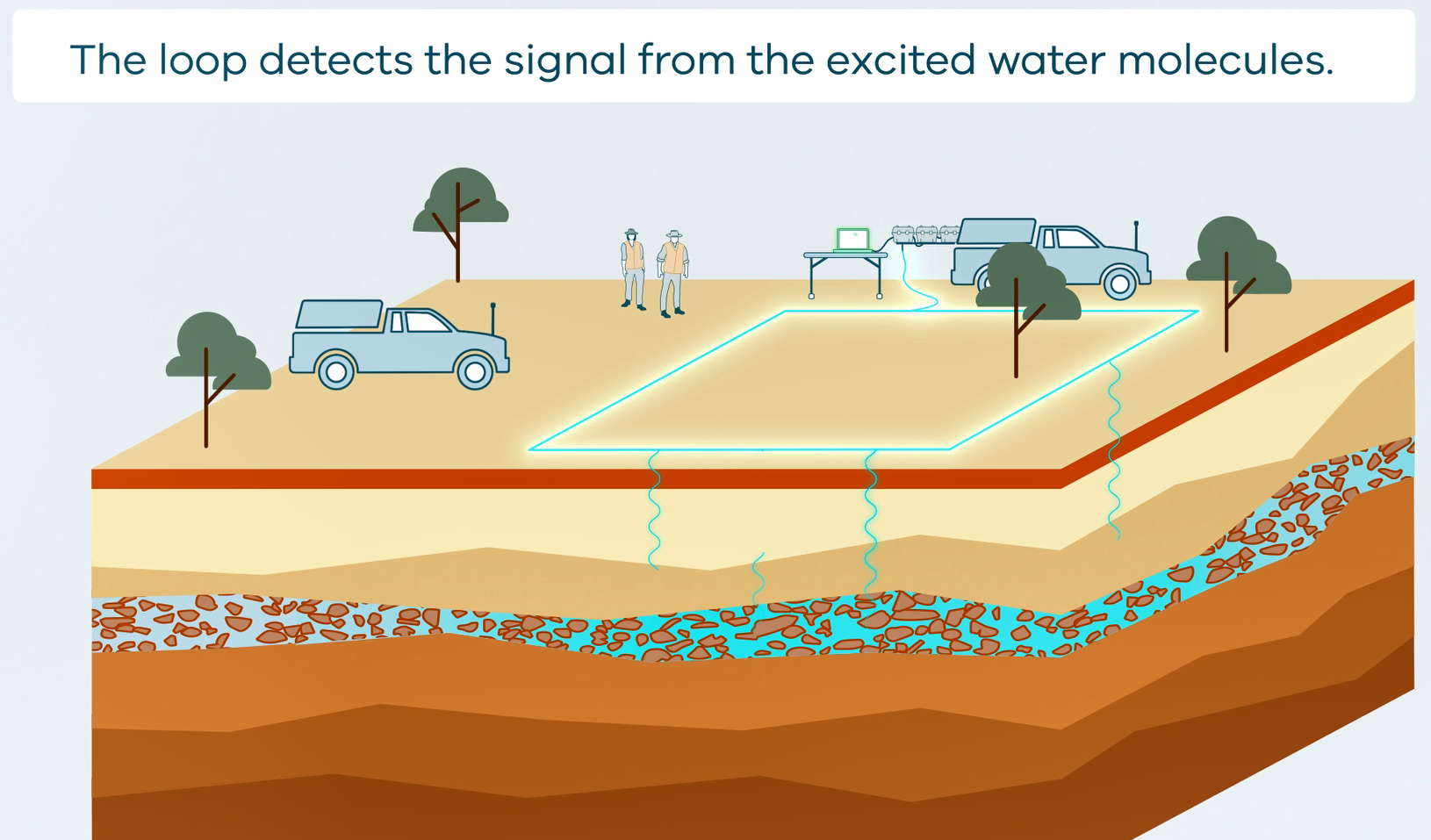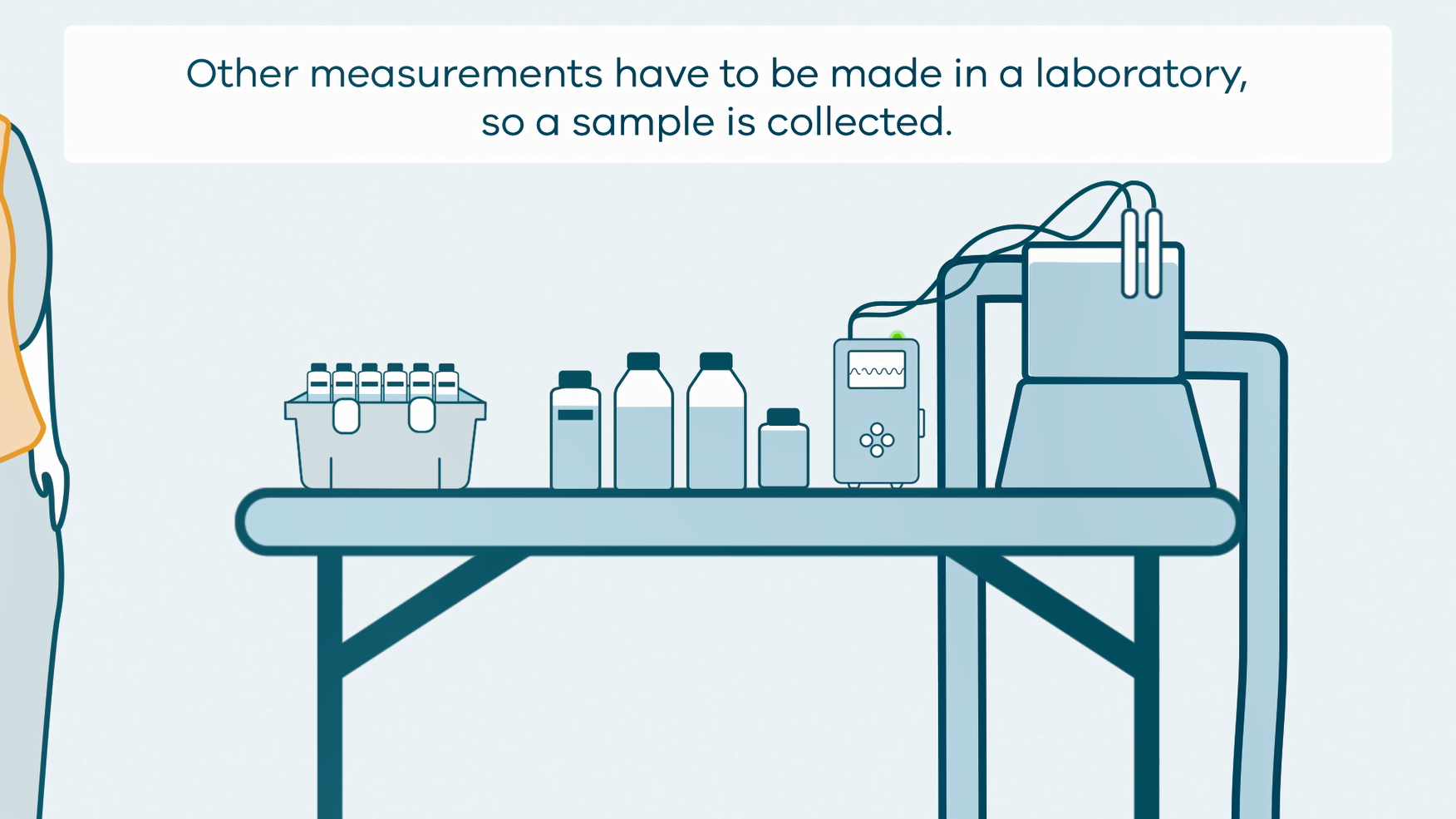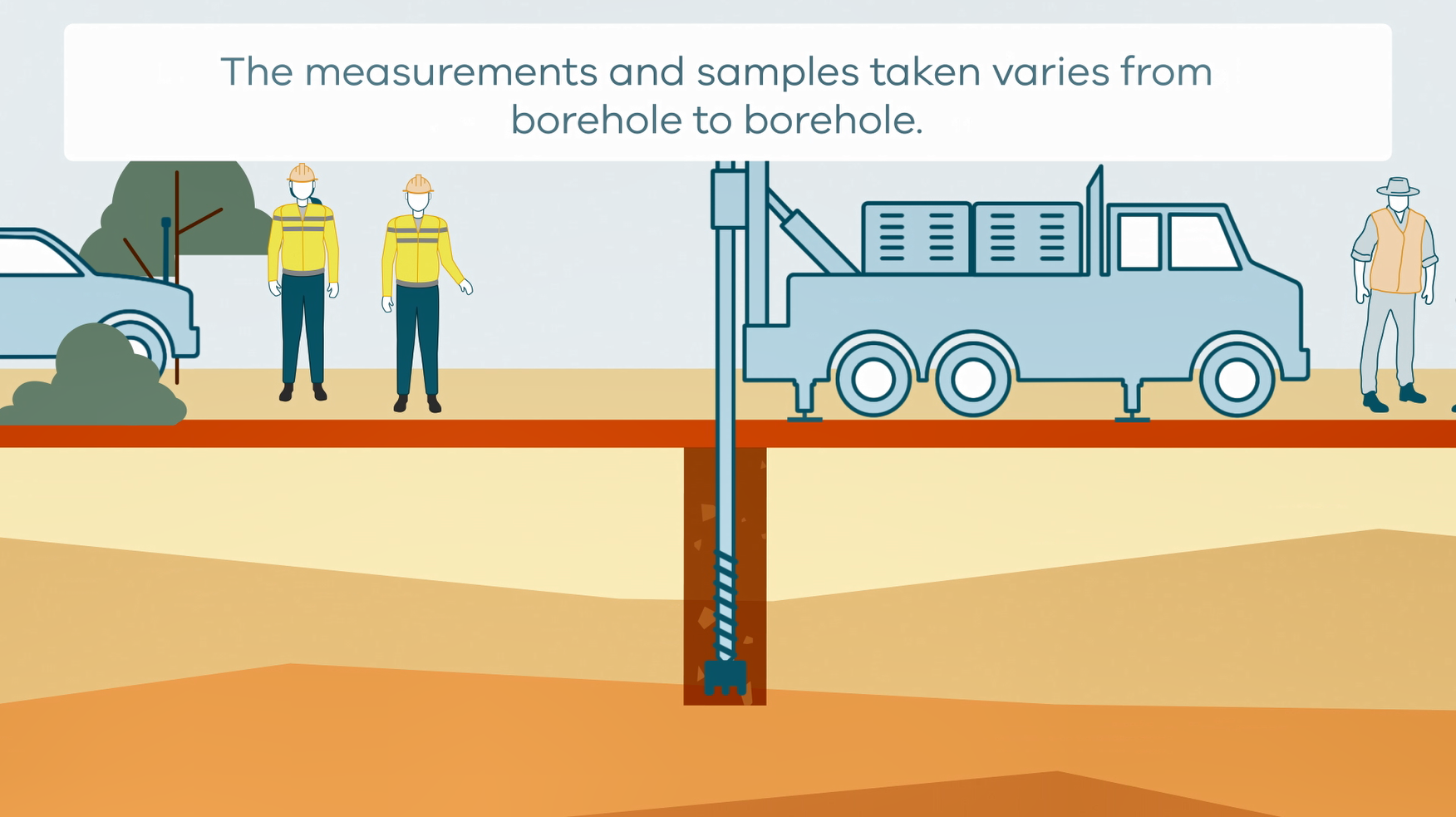Geoscience Knowledge Sharing
Type of resources
Keywords
Publication year
Topics
-
The Exploring for the Future program Showcase 2023 was held on 15-17 August 2023. Day 2 - 16th August talks included: Highways to Discovery and Understanding Session AusAEM - Unraveling Australia's Landscape with Airborne Electromagnetics – Dr Yusen Ley Cooper Exploring for the Future Data Discovery Portal: A scenic tour – Simon van der Wielen Towards equitable access to regional geoscience information– Dr Kathryn Waltenberg Community engagement and geoscience knowledge sharing: towards inclusive national data and knowledge provision – Dr Meredith Orr Foundational Geoscience Session The power of national scale geological mapping – Dr Eloise Beyer New surface mineralogical and geochemical maps of Australia – Dr Patrice de Caritat Imaging Australia’s Lithospheric Architecture – Dr Babak Hejrani Metallogenic Potential of the Delamerian Margin– Dr Yanbo Cheng You can access the recording of the talks from YouTube here: <a href="https://youtu.be/ZPp2sv2nuXI">2023 Showcase Day 2 - Part 1</a> <a href="https://youtu.be/dvqP8Z5yVtY">2023 Showcase Day 2 - Part 2</a>
-
This animation shows how groundwater sampling is conducted. It is part of a series of Field Activity Technique Engagement Animations. The target audience are the communities that are impacted by GA's data acquisition activities. There is no sound or voice over. The 2D animation includes a simplified view of what groundwater sampling equipment looks like, what the equipment measures and how scientists use the data.
-

This animation shows how Surface Magnetic Resonance (SMR) Surveys are conducted. It is part of a series of Field Activity Technique Engagement Animations. The target audience are the communities that are impacted by GA's data acquisition activities. There is no sound or voice over. The 2D animation includes a simplified view of what SMR equipment looks like, what the equipment measures and how scientists use the data.
-
This animation shows how passive seismic surveys Work. It is part of a series of Field Activity Technique Engagement Animations. The target audience are the communities that are impacted by our data acquisition activities. There is no sound or voice over. The 2D animation includes a simplified view of what passive seismic equipment looks like, what the equipment measures and how the survey works.
-
This animation shows how stratigraphic drilling is conducted. It is part of a series of Field Activity Technique Engagement Animations. The target audience are the communities that are impacted by GA's data acquisition activities. There is no sound or voice over. The 2D animation includes a simplified view of what stratigraphic drilling looks like, what measurements and samples are taken, and how scientists use the data.
-
Australia remains underexplored or unexplored, boasting discovery potential in the mineral, groundwater, and energy resources hidden beneath the surface. These “greenfield” areas are key to Australia’s future prosperity and sustainability. Led by Geoscience Australia, Australia’s national government geoscience organisation, the Exploring for the Future program was a groundbreaking mission to map Australia’s mineral, energy, and groundwater systems in unparalleled scale and detail. The program has advanced our understanding of Australia’s untapped potential. Over the course of 8 years, the Exploring for the Future program provided a significant expansion of public, precompetitive geoscience data and information, equipping decision-makers with the knowledge and tools to tackle urgent challenges related to Australia’s resource prosperity, energy security, and groundwater supply.
-
<div>Report on expression of interest, assessment and identification process of case studies to be included in the Exploring for the Future Geoscience Knowledge Sharing Project Remote Community Education Module and Building Relationships with Aboriginal Peoples Modules. The Geoscience Knowledge Sharing Project is a pilot study to discover best practices to improve engagement with non-technical stakeholders. </div>
-
Explore important concepts about groundwater using this comprehensive teaching resource. This mini unit includes case studies of Australian groundwater topics, First Nations Australian perspectives about water use and groundwater are also included. This mini unit included four files - the guide, 2 x student activities and a kml file. The guide includes educator tips as well as answers to the student activities. Suitable for upper primary to lower secondary students.
-
This animation shows how Reflection Seismic Surveys Work. It is part of a series of Field Activity Technique Engagement Animations. The target audience are the communities that are impacted by our data acquisition activities. There is no sound or voice over. The 2D animation includes a simplified view of what reflection seismic survey equipment looks like, what the equipment measures and how the survey works.
-
<div>As part of the Exploring for the Future Geoscience Knowledge Sharing project, a mobile laboratory was designed and built to help with field work and enhance opportunistic outreach experiences for communities in the areas where field work is taking place. This seminar explores some of the lessons learned from outreach programs planned and evaluated during 2023. The presenters will describe how the craft of stakeholder engagement can be improved by well researched and designed models and engagement exhibits. Outreach not only promotes the field program but also the work an agency does more broadly and can help scientists to better understand the general community who are consumers of data. This in turn can help with future planning of field and other work programs. </div><div><br></div>


